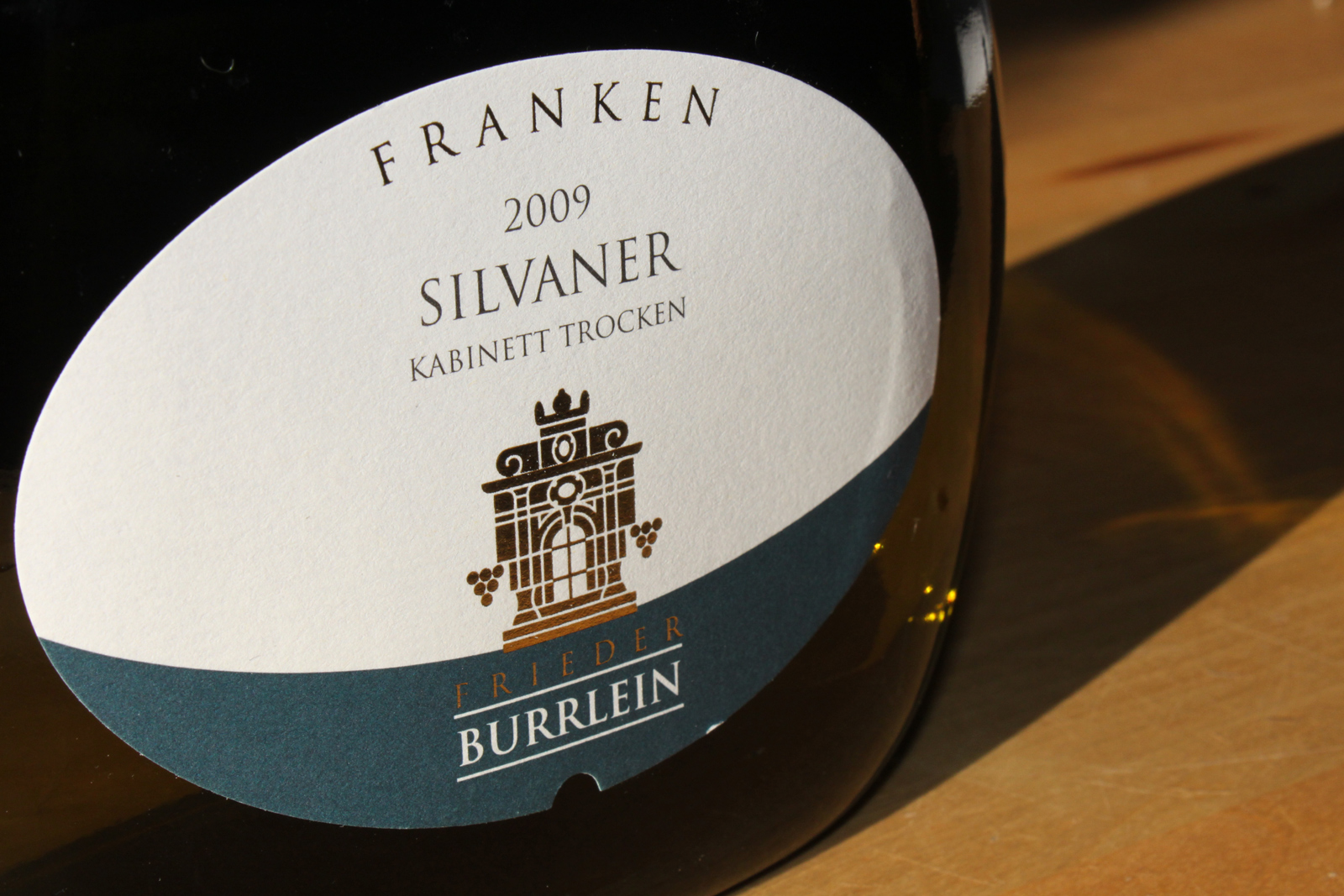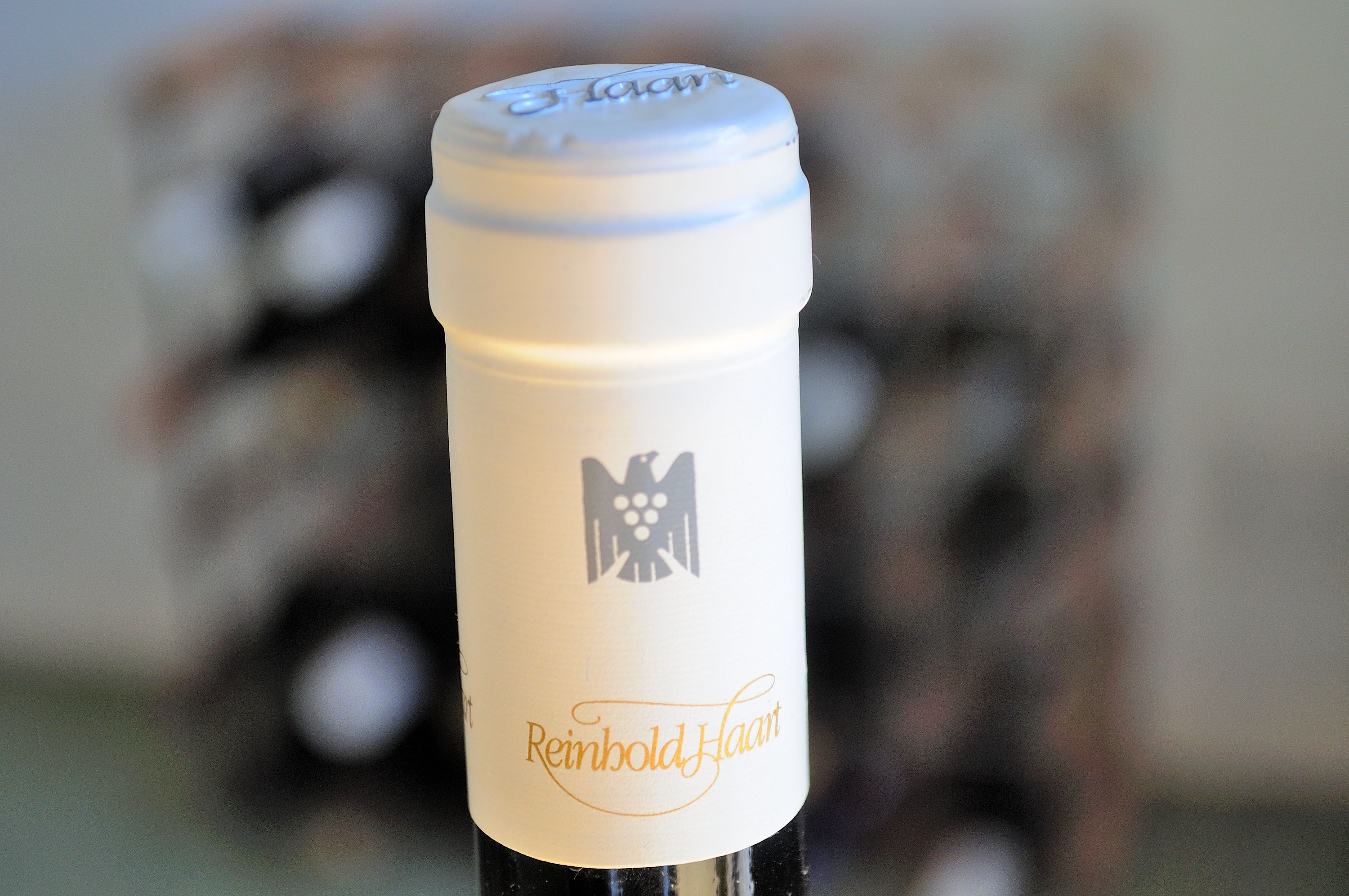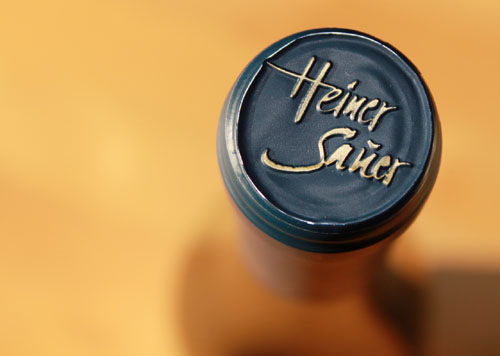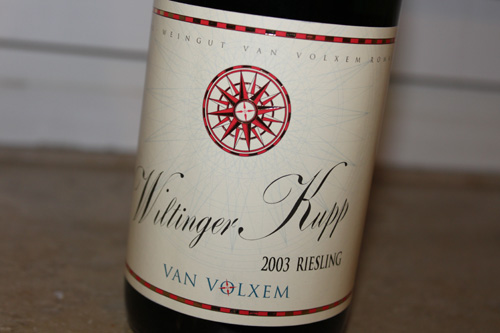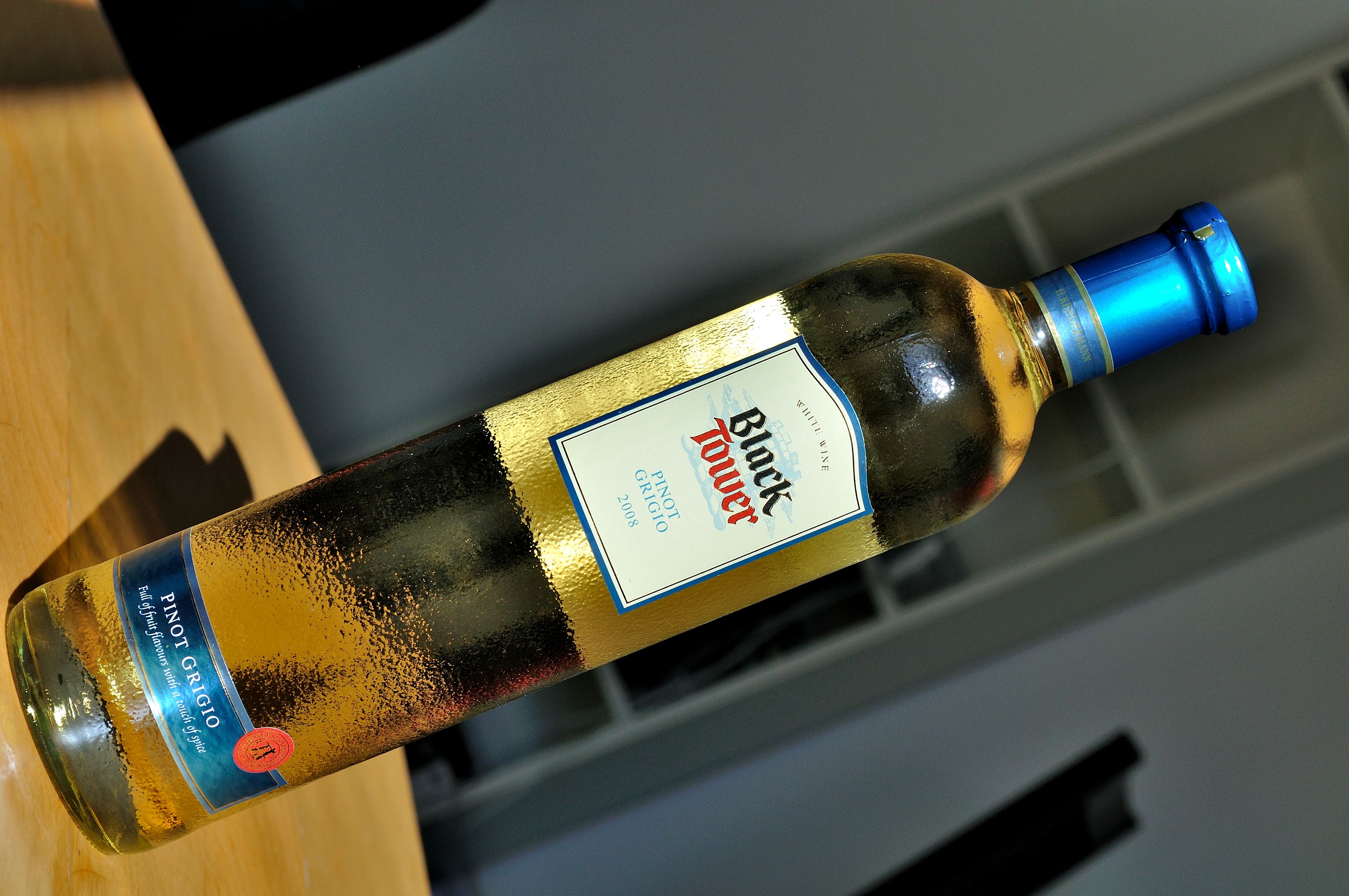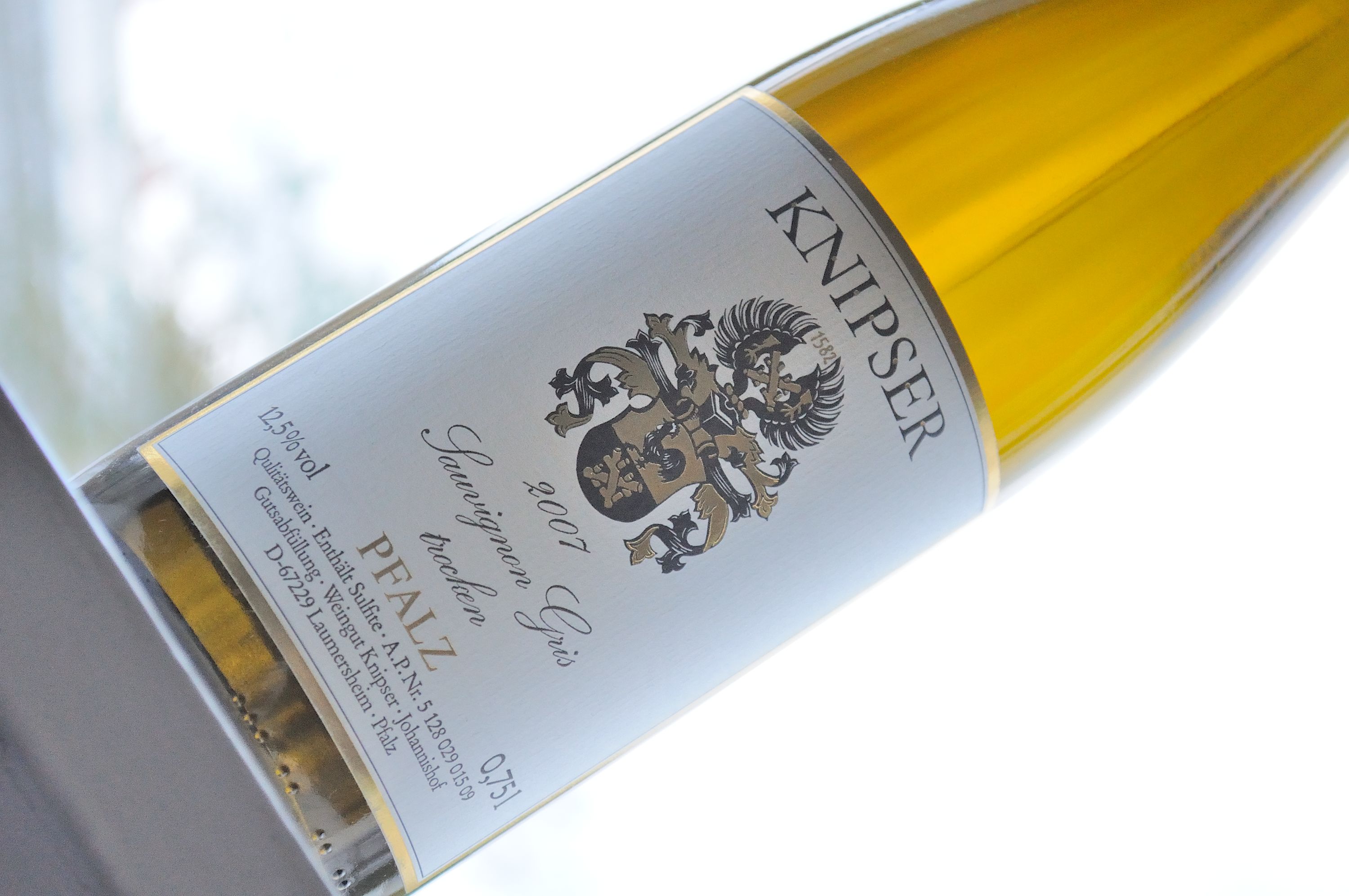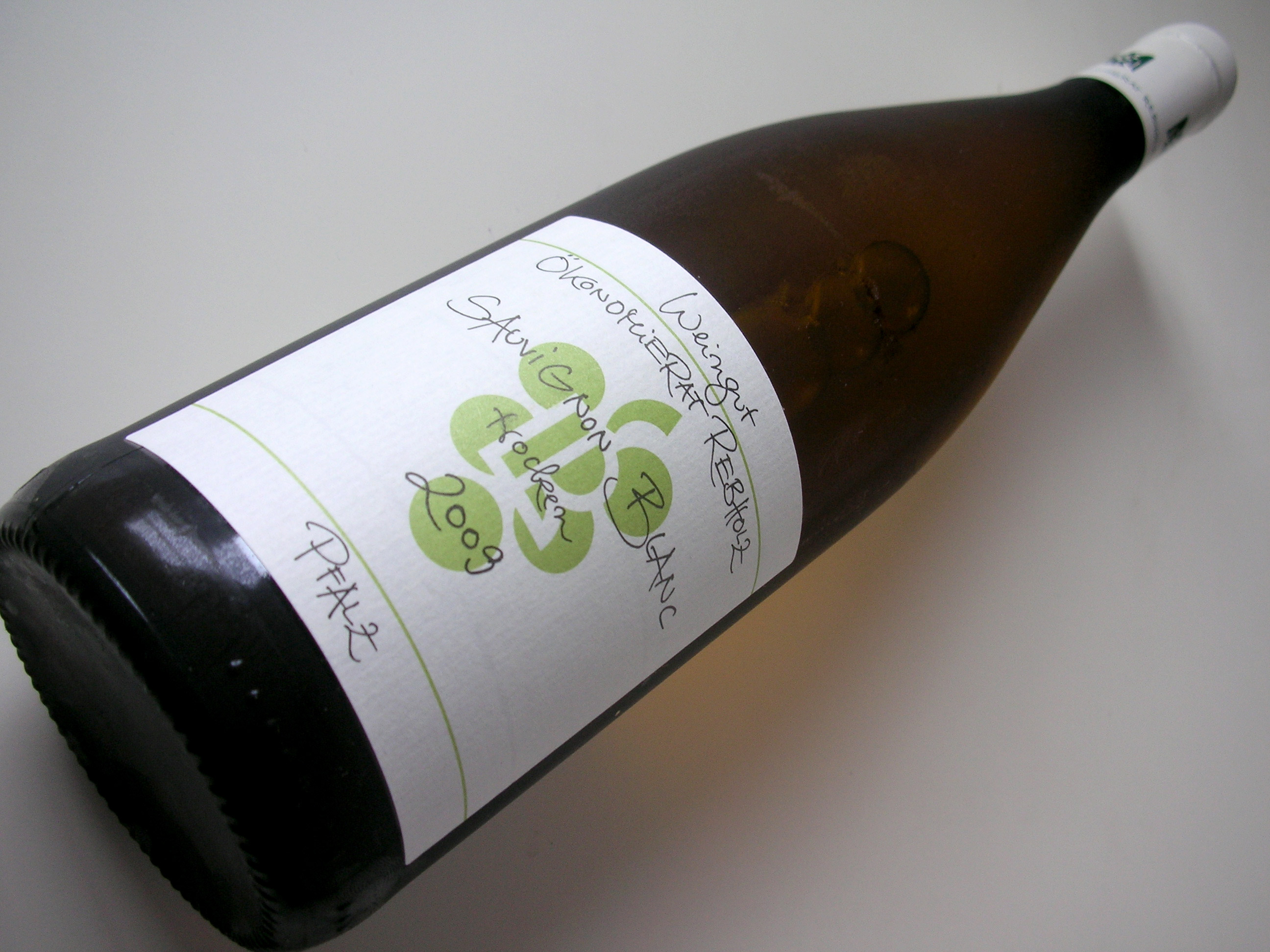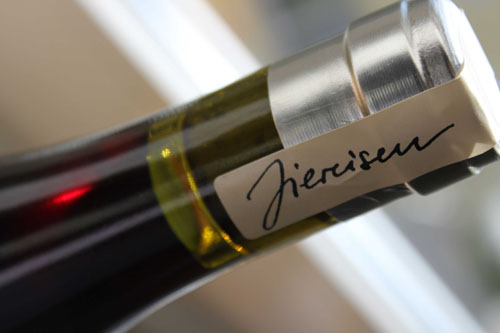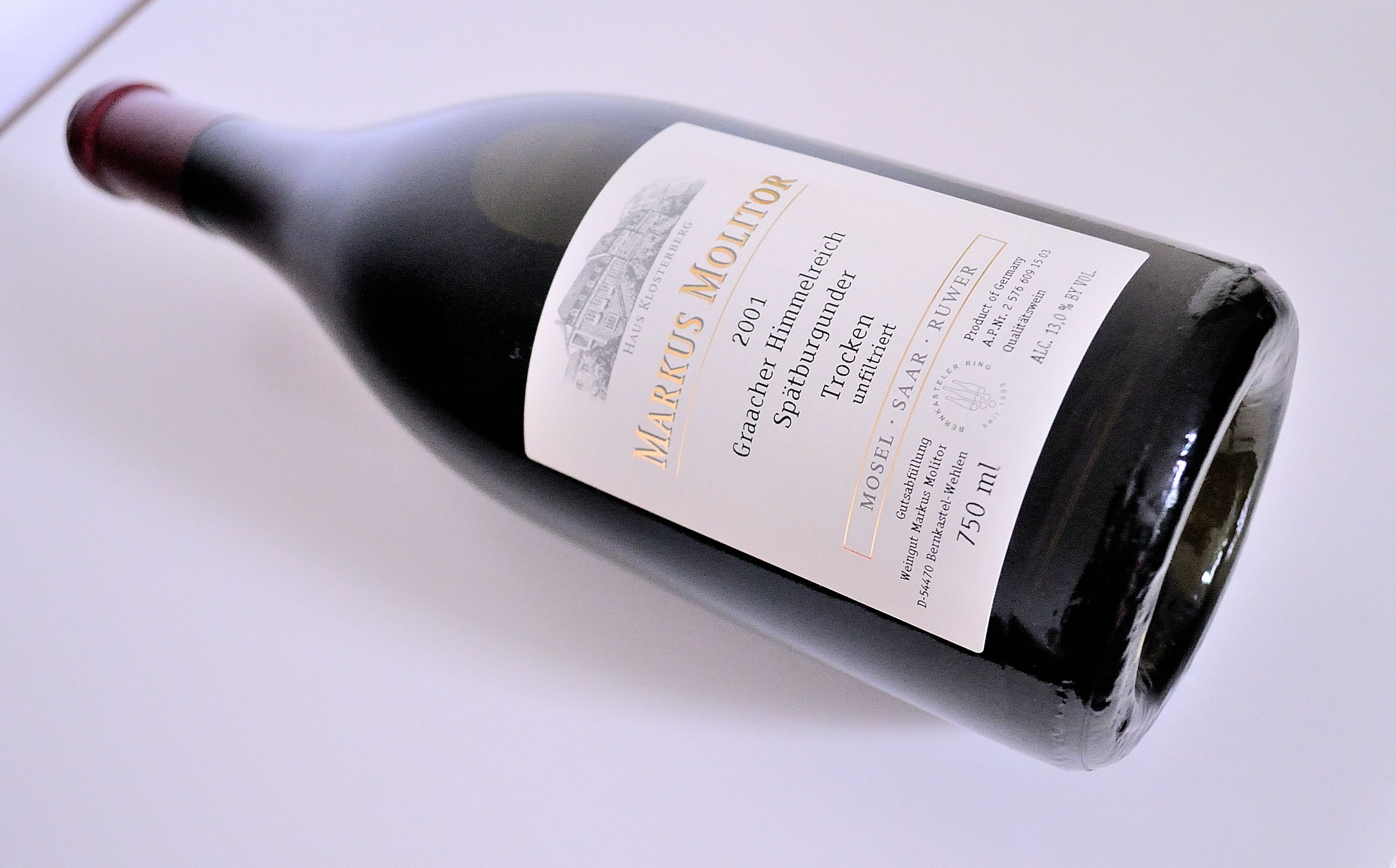Winzerhof Burrlein, Mainstockheimer Hofstück, Silvaner Kabinett trocken, 2009
If I am not mistaken, our readers have had to go without Wine Rambler Silvaner coverage since August 31. That is clearly unacceptable and will be remedied as follows ("quickly and unbureaucratically", as german public officials are fond of saying): The Burrlein winery of Mainstockheim, which we have already featured as part of our Müller-Thurgau report, has consistently turned out over-achieving quality Silvaners to its large customer base these last few years. Has it delivered again?
